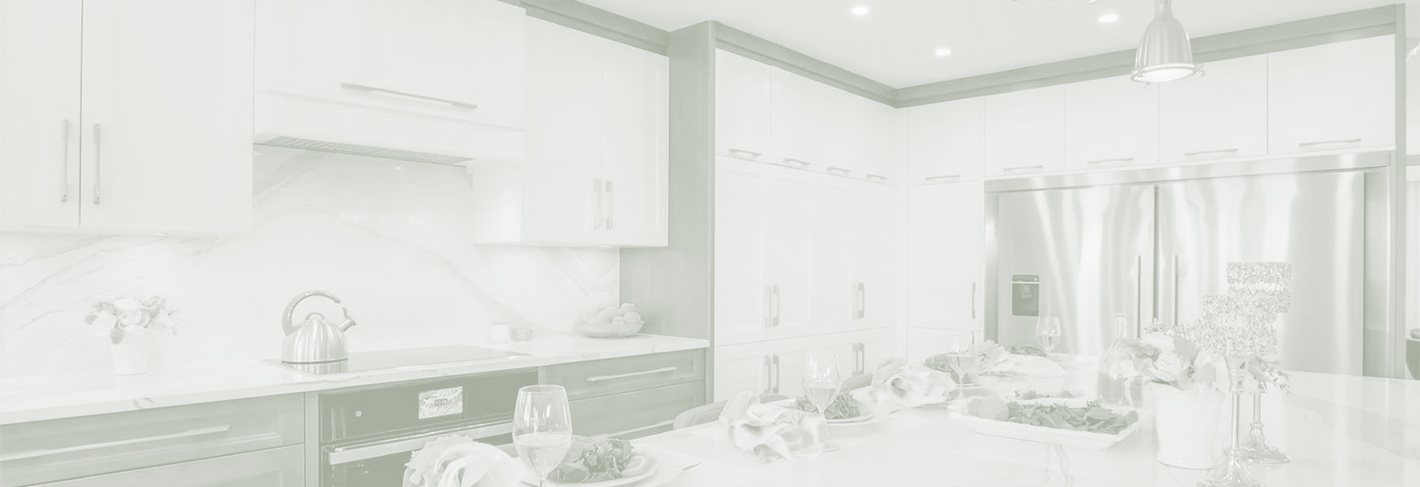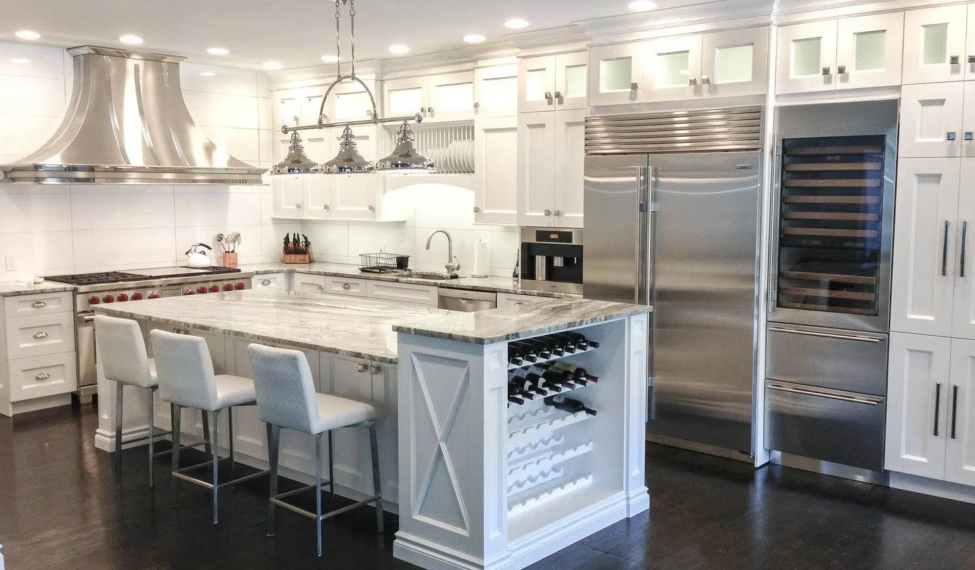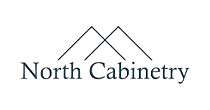Cabinetry and Countertops
Renovations refers to the process of updating or remodeling the space to improve its functionality, aesthetics and overall value. Renovating can range from minor upgrades to a complete overhaul, depending on the homeowner’s goals and budget.
It’s crucial to have a well-thought-out plan and work with a reputable contractor and professionals to achieve your desired results. Remember that safety, functionality and aesthetics should be balanced to create a space that suits your needs and enhances the value of your home.
CABINETRY AND COUNTERTOPS
CABINETS:
Cabinetry refers to the construction and installation of cabinets, which are storage units or furniture typically found in kitchens, bathrooms, and other spaces in homes or commercial establishments. Understanding cabinetry involves knowing about the various components, materials, construction techniques, and design considerations. Here are some essential points you need to know about cabinetry:
- Cabinet Types: There are various types of cabinets, including base cabinets, wall cabinets, tall cabinets and specialty cabinets (e.g. corner cabinets and wine racks).
- Materials: Cabinets can be constructed from different materials, such as solid wood, plywood, medium-density fiberboard (MDF), particleboard, or a combination of these. Each material has its advantages and price points.
- Door Styles: Cabinet doors come in various styles, such as raised panel, flat panel, slab, and shaker. The door style can significantly impact the overall aesthetic of the cabinetry.
- Hardware: Cabinet hardware includes handles, knobs, hinges and drawer slides. They play a crucial role in both functionality and appearance.
- Construction Techniques: Cabinets can be built using various techniques, such as framed construction (with a face frame) or frameless construction (European-style cabinets).
- Finishes: Cabinets can be finished with different coatings like paint, stain or laminate. The finish protects them and enhances the appearance.
- Cabinet Organization: The interior of cabinets can be optimized with various organizers, such as pull-out shelves, lazy susans, spice racks and drawer dividers.
- Installation: Proper installation is essential for the cabinets to be stable and functional. It often requires precise measurements and level placement.
- Budget and Design: When planning a cabinetry project, it's essential to consider your budget, as well as the design and layout of the space. Professional cabinet designers can assist in creating functional and aesthetically pleasing solutions.
- Maintenance: Regular maintenance, such as cleaning and occasional resealing or repainting, can extend the lifespan of cabinets.
- Environmental Considerations: Sustainable cabinetry options, like using eco-friendly materials and finishes, are becoming more popular for environmentally-conscious consumers.
- Local Building Codes: When installing cabinetry, it's important to comply with local building codes and safety regulations.
BOX AND DOOR CONSTRUCTION:
- Solid wood: Provides a classic and durable option, with various wood types like oak, maple, cherry, and more.
- MDF (Medium-Density Fiberboard): A cost-effective option made from compressed wood fibers and resin, often covered with a veneer or laminate.
- Plywood: Sturdier than MDF, made from thin layers of wood glued together.
- Particleboard: A budget-friendly option made from compressed wood particles and resin, less durable than MDF or plywood.
CUSTOM vs RTA
CUSTOM:
- Personalization: Custom cabinets are built to your exact specifications, so you can tailor them to fit your kitchen layout, design preferences, and storage needs. You have more freedom to choose the materials, finishes, hardware, and special features.
- Quality and Craftsmanship: Since custom cabinets are made by skilled craftsmen or cabinetmakers, they often boast higher-quality construction and attention to detail. This can lead to cabinets that are more durable and better suited for long-term use.
- Design Flexibility: With custom cabinets, you can have unique features and elements incorporated, making your kitchen truly one-of-a-kind. This allows cabinets to be constructed down to the 1/16” of an inch to fully integrate the cabinets in your space and maximize functionality.
- Higher Cost: Custom cabinets are generally more expensive than ready-to-assemble options due to the personalized design, higher-quality materials, and labor involved in their construction.
- Longer Lead Time: Custom cabinets take longer to produce because they are made to order. This can result in a longer waiting time before installation.
RTA (Ready-to-Assemble):
- Cost-Effective: RTA cabinets are usually more budget-friendly than custom cabinets. They come in standard sizes and designs, which makes them more affordable.
- Easy to Transport: RTA cabinets are flat-packed and easy to transport, which can be especially useful if you have limited access to your kitchen or live in a remote location.
- DIY Installation: Since RTA cabinets are designed for easy assembly, they are a popular choice for DIY enthusiasts. However, some basic tools and carpentry skills may be required.
- Limited Customization: While there are various styles and finishes available, you might have fewer options for customization compared to custom cabinets.
- Quality Varies: The quality of RTA cabinets can vary widely depending on the manufacturer. It's essential to research and choose a reputable brand to ensure you get durable cabinets.
COUNTERTOPS
They are designed to provide a stable and durable platform for various tasks, such as food preparation, cooking and storage. Countertops come in various materials, each with its unique characteristics, aesthetics and price points. When choosing a countertop material, consider factors such as budget, aesthetics, maintenance requirements, durability, and the specific tasks the countertop will be used for.
COUNTERTOP MATERIALS:
- Granite: A natural stone with a luxurious appearance, known for its durability and resistance to heat and scratches. It requires periodic sealing to maintain its integrity.
- Quartz: An engineered stone made from crushed quartz mixed with resin, offering a wide range of colors and patterns. It is non-porous and low-maintenance.
- Marble: Another natural stone that exudes elegance but is more susceptible to scratches and stains compared to granite. It also requires regular sealing.
- Solid Surface: Synthetic material composed of acrylic, polyester resins, and minerals. It is seamless and relatively easy to repair scratches or damages.
- Laminate: Made of multiple layers of synthetic materials, it is an affordable option with various colors and patterns. However, it is less resistant to heat and scratches.
- Butcher Block: Usually made of hardwood like maple or oak, this countertop provides a warm and natural look, ideal for cutting and chopping.
- Stainless Steel: A popular choice in commercial kitchens, stainless steel countertops are resistant to heat, bacteria, and stains.
- Concrete: Customizable in terms of color and texture, concrete countertops are durable and can be made with various finishes.
- Tile: Made from ceramic, porcelain, or natural stone tiles, this type of countertop offers a vast array of design possibilities.
- Soapstone: A natural stone known for its smooth, silky texture and heat resistance. Soapstone countertops develop a natural patina over time.
- Quartzite: Quartzite is a natural metamorphic rock that forms from sandstone undergoing intense heat and pressure over time. It has natural beauty, durability and low maintenance requirements.
*Backlighting is an upgraded option to certain countertop materials and applications to add an additional layer of lighting to a space.






























